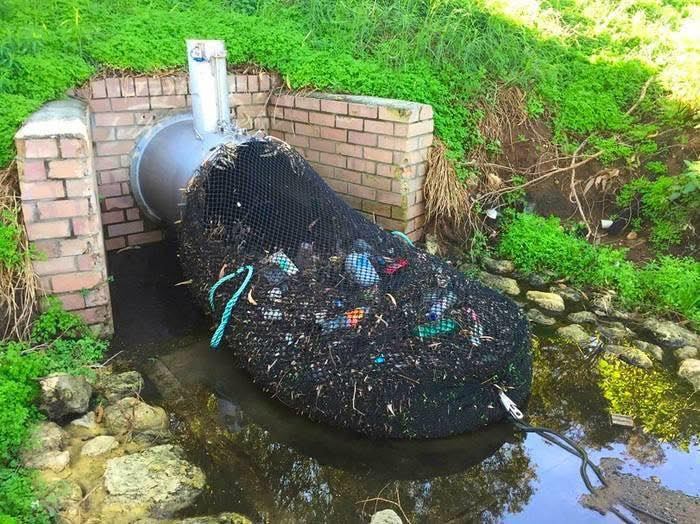Australia, known for its breathtaking landscapes, vibrant marine life, and unique biodiversity, is not just a destination for adventure seekers and nature lovers—it’s also a country that’s taking major steps toward sustainable environmental protection. As climate change and habitat destruction continue to pose significant global challenges, Australia’s approach offers valuable insights for countries around the world.
From biodiversity protection policies to renewable energy adoption, here are the most effective and inspiring strategies Australia has implemented to conserve nature and safeguard its future.
🌱 1. Strong Policies for Biodiversity Protection
Australia is home to thousands of unique and endemic species, including kangaroos, koalas, platypuses, echidnas, and the iconic great white shark. With over 500 national parks and marine reserves, Australia has made biodiversity a national priority.
Key initiatives include:
- Creation of protected wildlife corridors like the Australian National Reserve System
- Funding for endangered species recovery programs
- Preservation of natural landmarks such as Kangaroo Island, Tasmania’s rainforests, and the Great Barrier Reef Marine Park
According to national surveys, 97% of Australians support stronger action to stop species extinction, while 72% are willing to fund more environmental conservation programs.
🔥 2. Tackling Climate Change Head-On
As a continent that has experienced record-breaking bushfires and extreme droughts, Australia understands the urgency of addressing climate change. The government and private sector have joined forces to invest heavily in green energy and carbon reduction strategies.
Australia’s climate initiatives include:
- Transition to renewable energy sources like solar, wind, and hydroelectric power
- Incentives for households to install solar panels and switch to energy-efficient appliances
- National carbon offset programs for industry and agriculture
- Investment in green hydrogen technology
Australia has one of the highest rates of rooftop solar adoption in the world.
🧃 3. Eliminating Plastic Waste: From Policy to Practice
Plastic pollution is a global crisis, but Australia is taking actionable steps to lead the change. Many states have banned single-use plastic bags, plastic straws, and other disposable items. In their place, eco-friendly alternatives are encouraged and supported through public awareness campaigns.
Key actions:
- Banning of non-biodegradable plastic packaging
- National Plastic Waste Reduction Plan
- Education campaigns like “Know Your Plastics” targeting schools and businesses
- Grassroots cleanup efforts by local environmental organizations
Australians regularly volunteer to clean beaches and rivers, reducing the amount of plastic that ends up in the ocean.
♻️ 4. Efficient Waste Management and Recycling Systems
Australia has revolutionized waste management with initiatives like the Container Deposit Scheme (CDS), where consumers receive cash in exchange for recycling bottles and cans.
Other recycling advancements include:
- Smart recycling bins in public spaces
- E-waste collection centers for safe disposal of electronics
- Expansion of organic composting programs in urban areas
- Government grants for recycling technology innovation
This system not only reduces landfill waste but also boosts community engagement in sustainability efforts.
🌳 5. Forest Preservation and Land Restoration
Forests play a vital role in carbon sequestration and biodiversity conservation. Australia’s initiatives focus on sustainable forestry, reforestation, and land rehabilitation.
Programs like the National Landcare Program and WWF-Australia partnerships are helping to:
- Replant native tree species
- Restore degraded farmland
- Prevent soil erosion
- Create habitat corridors for wildlife migration
A standout initiative: HP’s partnership with WWF to grow certified sustainable forests in Australia.
🐠 6. Saving the Great Barrier Reef
CONTINUE READING IN PAGE 2




